Successful grafts that stay dormant?
jbclem
11 years ago
Related Stories
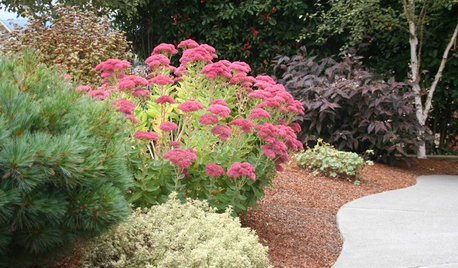
GARDENING GUIDESPacific Northwest Gardener's August Checklist
Deadheading perennials, cutting raspberry canes and preparing for the onion harvest keeps Northwest gardeners busy in August
Full Story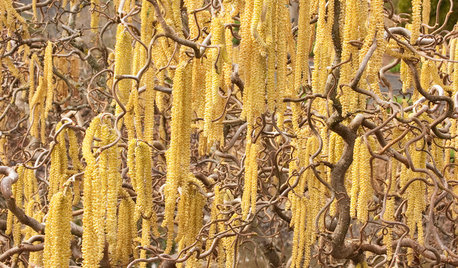
GARDENING GUIDESGreat Design Plant: Harry Lauder's Walking Stick
"Gnarly" is a compliment here — a twisted form and yellow catkins make this plant unforgettable in the winter landscape
Full Story
EDIBLE GARDENSHow to Grow 10 Favorite Fruit Trees at Home
Plant a mini orchard in fall, winter or early spring to enjoy fresh-off-the-tree fruit the following year
Full Story
EDIBLE GARDENSHow to Grow Your Own European and Asian Pears
Try these trees for their good looks, delicious fruit and wide range of sizes — plus you can espalier them
Full Story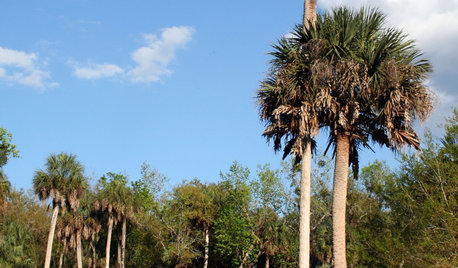
TREESGreat Design Plant: Sabal Palm Enchants in Balmy Sites
Towering and tolerant, this tree blends in, stands out and happily stars in vacation photos
Full Story
GARDENING GUIDESSpring Citrus Care Reaps Months of Sweet Rewards
Learn how to tend citrus trees in spring and ways to preserve their delicious fruit
Full Story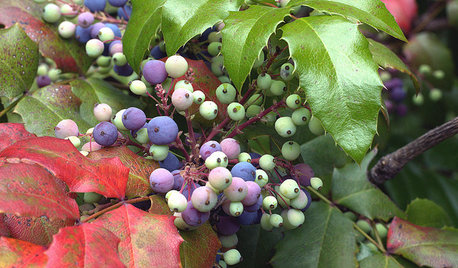
GARDENING GUIDESGreat Design Plant: Mahonia Aquifolium for Birds
Oregon grape puts on a bold spectacle from spring through winter and is ideal to brighten partly shady corners in the U.S. West
Full Story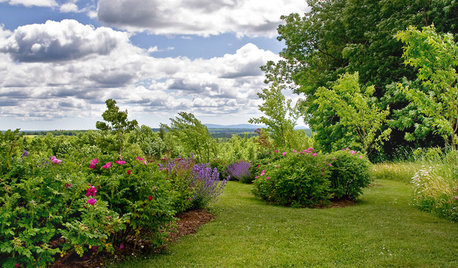
LANDSCAPE DESIGNYour Mini Guide to Great Garden Edges
Get the scoop on trenches to the skinny on bender board, to help keep your garden beds as tidy as you like
Full Story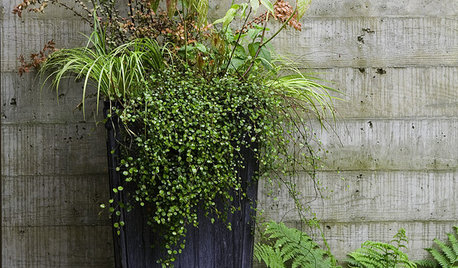
GARDENING GUIDESThe Secret Formula for Grouping Plants in a Pot
Designing a gorgeous container garden is easy once you know this simple rule of thumb for composition
Full Story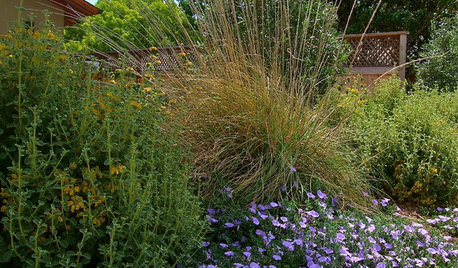
GRASSESGreat Design Plant: Deer Grass
Give wildlife a snack and give yourself a break — this food-source grass is easygoing in many climates and conditions
Full StoryMore Discussions






fruitnut Z7 4500ft SW TX
jbclemOriginal Author
Related Professionals
Elwood Landscape Architects & Landscape Designers · Severn Landscape Architects & Landscape Designers · Tomball Landscape Architects & Landscape Designers · Brookside Landscape Contractors · Azalea Park Landscape Contractors · Boca Raton Landscape Contractors · Brookfield Landscape Contractors · Hickory Hills Landscape Contractors · Lemay Landscape Contractors · Lorain Landscape Contractors · Mashpee Landscape Contractors · North Richland Hills Landscape Contractors · Salem Landscape Contractors · Wallingford Landscape Contractors · Antioch Landscape Contractorsdmtaylor
dmtaylor
fruitnut Z7 4500ft SW TX
ltilton
jbclemOriginal Author
dmtaylor
alan haigh